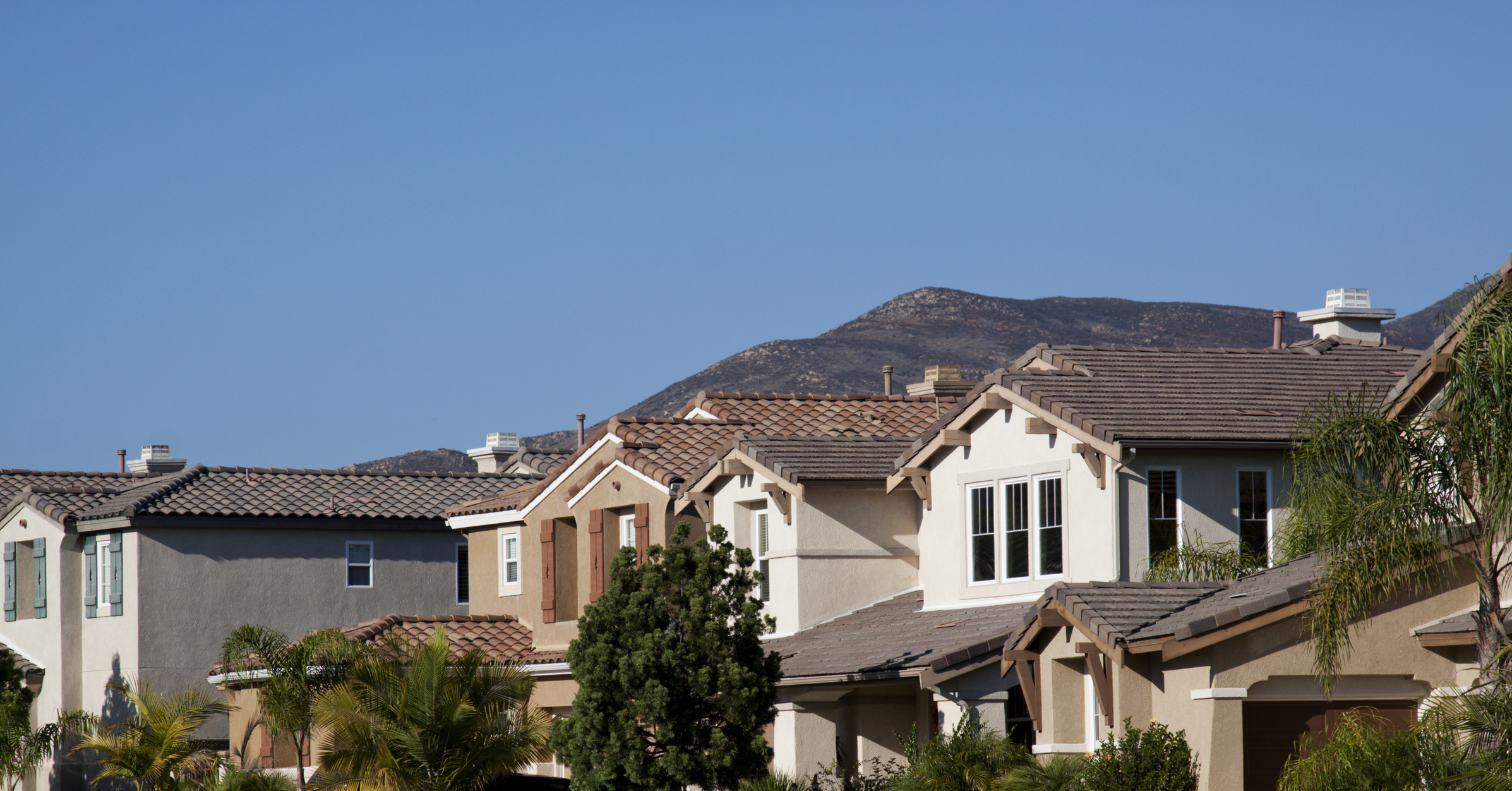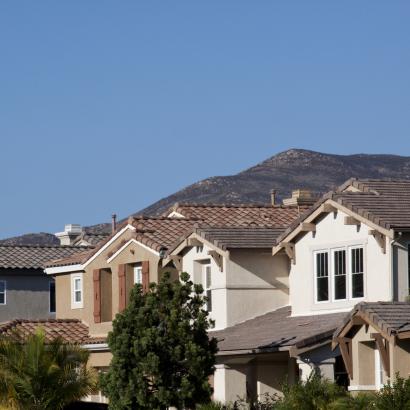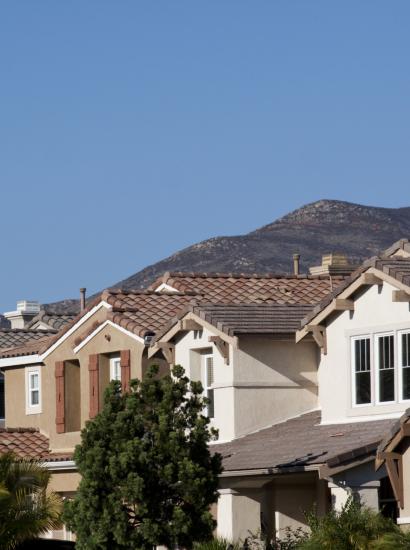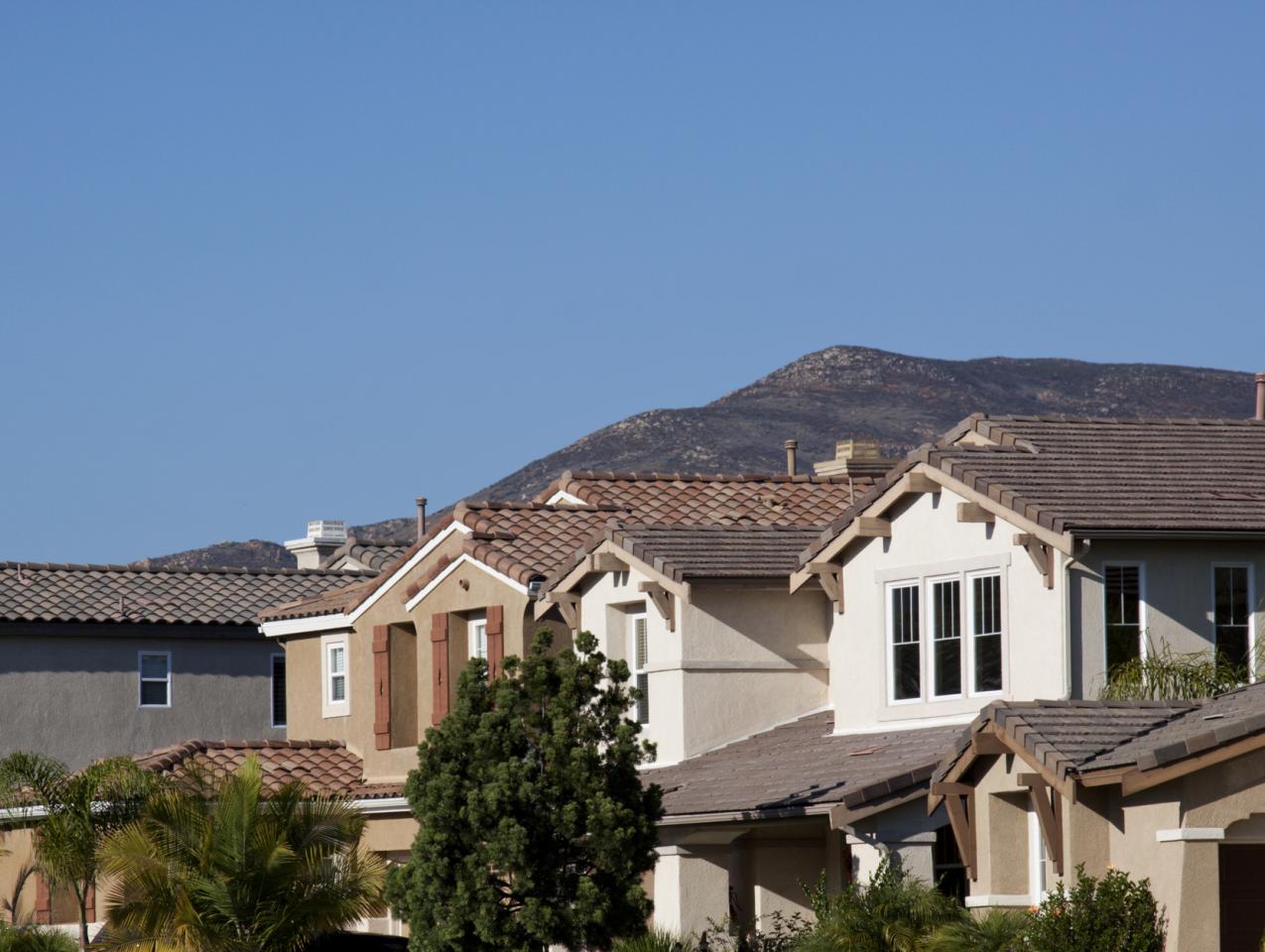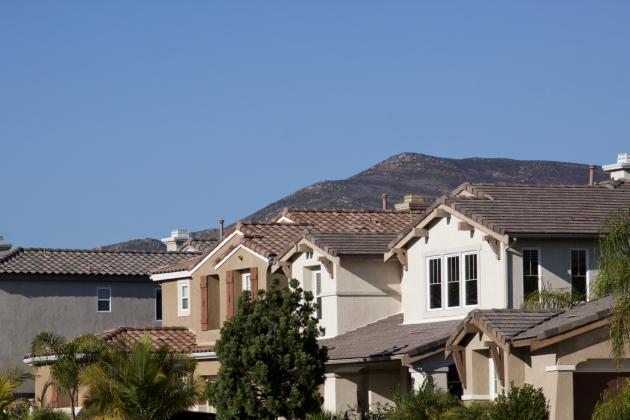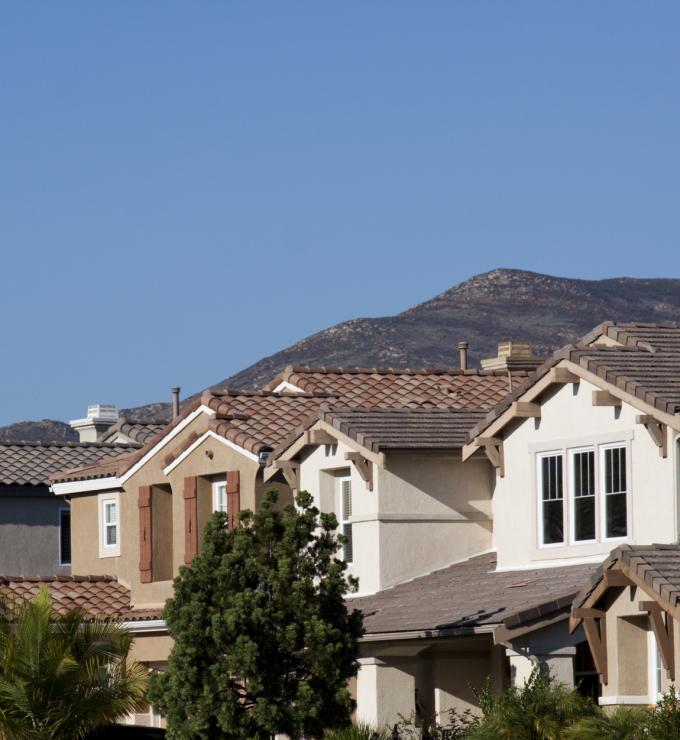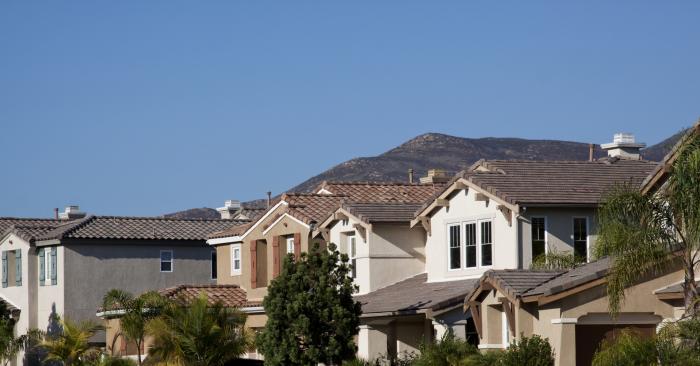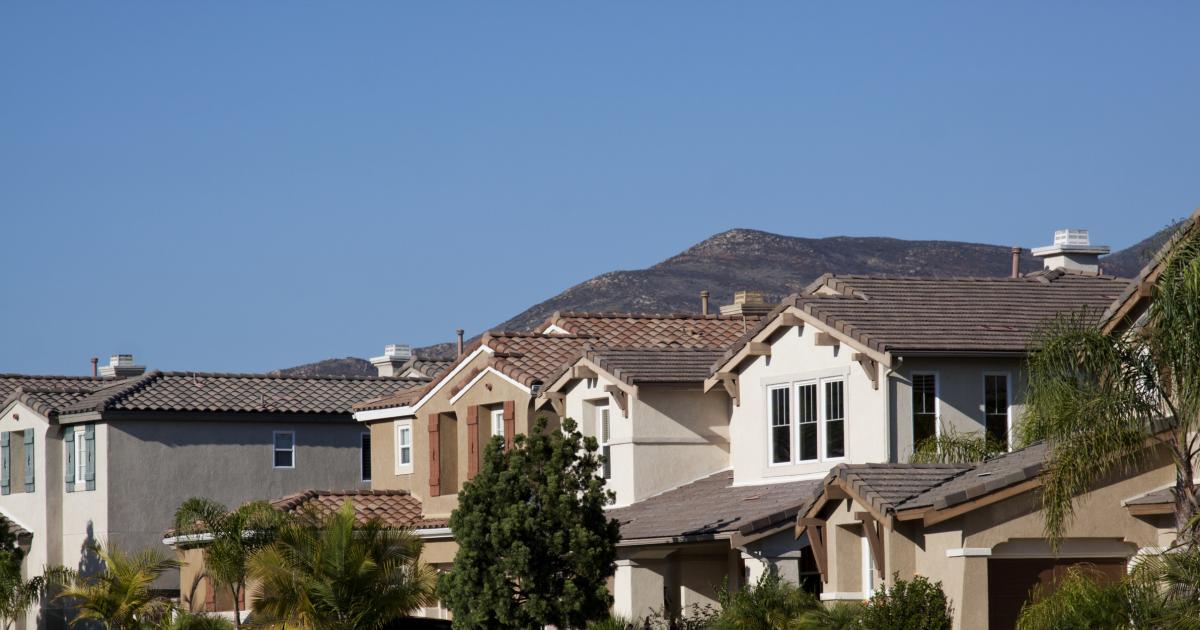- Economics
- Politics, Institutions, and Public Opinion
- State & Local
- California
The year is 1994. Only about one in four American homes has a personal computer. The internet is virtually unknown. Blockbuster Video rentals are the go-to source for home entertainment. And a development group submits plans to California regulators for a new 22,000-home planned community about 40 miles northwest of Los Angeles. With luck, now that all lawsuits have been resolved, the first homes will go on sale in 2021—27 years after the application process started.
Welcome to California, where housing scarcity is a major reason why the state has the highest poverty rate in the country and is home to 25 percent of the country’s homeless.
Addressing California’s housing crisis means either building more densely in existing population centers or creating new communities in previously undeveloped areas. It is becoming nearly impossible to expand housing supply significantly in existing California cities, and the cost of what is built is well beyond the budget of many Californians. Moreover, state legislators recently withdrew legislation from consideration this year that would have expanded the housing supply by preventing local communities from blocking high-density housing near transit centers and near areas with good job opportunities. The legislation was pulled because it is unacceptable to local politicians who do not want to give up control over their communities, as well as to many existing homeowners who prefer living in single-family-home neighborhoods.
The enormous challenges involved in building in existing communities would lead you to think that Californians would prefer to build new housing on previously undeveloped land. Wrong. It is perhaps even more difficult to create new communities in California.
This is troublesome, because there are several important reasons why new communities would be an integral part of addressing California’s housing scarcity. Starting with a blank canvas on undeveloped property solves many potential problems that currently plague the process of expanding housing in existing cities.
There would be no incumbent residents who would fight the development, a practice that has reached nearly comic proportions in California. It would be much easier to build high-density housing, which is what the state really wants. Moreover, new communities, which could utilize the latest technologies and development ideas, could be much more environmentally friendly than existing cities. Imagine being able to create new cities with the latest technologies for water, sewage, transportation, and energy use and conservation rather than trying to expand the already strained capacities of older and less-efficient systems in existing cities.
Consider the population density of California and you will see that it cries out for new communities. Despite being home to roughly 40 million people, California is only the 17th most-densely populated state in the country, and, remarkably, its residents are concentrated in just a handful of areas: the San Francisco Bay Area and Silicon Valley, Los Angeles and Orange County, San Diego, and a bit in the Central Valley. Los Angeles, San Francisco, San Diego, and San Jose are among the most densely populated cities in the country. Most of the rest of the state is virtually unpopulated.
In contrast, New Jersey, which has five times the population density of California, is much more evenly populated than California. There are almost no empty areas within the state.
So why hasn’t California created new cities? Because the development of new communities is chronically impeded by a myriad of lawsuits, almost always related to environmental concerns. These environmental lawsuits occur despite the substantial environmental benefits associated with new city creation.
Proposed new communities are bending over backwards to accommodate environmental protection. Tejon Ranch is a 1999 proposal for development about 70 miles outside of Los Angeles. After 20 years, developers have negotiated resolutions to environmental lawsuits from the Sierra Club, the Natural Resources Defense Council, the California Audubon Society, and the Planning and Conversation League. Developers agreed to set aside 90 percent of the ranch’s 270,000 acres for preservation. The developers even agreed to build only in areas with existing infrastructure and reduced environmental sensitivity.
However, a new environmental lawsuit comes from the Center for Biological Diversity (CBD), which had already filed legal challenges on seven previous attempts but lost in both superior and appellate courts. The latest lawsuit is that the development should not be permitted because it is a fire danger. Of course, the development would satisfy all current standards and laws for fire prevention. However, the lawsuit really has nothing to do with concerns about fires. They simply want to block the development.
It is hard to imagine a more environmentally sensitive development than this one. If this project can be held up for 20 years, then there is little hope for any new communities unless the California Environmental Quality Act is revised. This law permits a nearly endless array of lawsuits to be brought against development. The following reforms would significantly constrain the ability of development blockers to succeed and would also align CEQA litigation rules much more closely with established legal principles in other areas:
- Duplicative lawsuits should not be allowed. Litigants often file what is essentially the same lawsuit, even after CEQA environmental review.
- Delay tactics should be prevented with procedural reforms.
- Losing litigants should pay court costs and attorney fees, as is common in other civil lawsuits.
- All parties should be required to disclose who they are. Currently, the law allows groups that have little to do with the environment file lawsuits by creating shell organizations with environmental names.
Prior to the passage of CEQA, California’s housing prices averaged about 35 percent higher than those in the rest of the country, even during the 1950s and 1960s, when population state growth skyrocketed. Since CEQA, California housing prices are now about 142 percent higher than in the rest of the country. In the absence of legal reforms to CEQA, the state will remain unaffordable for all but the wealthiest Californians.







